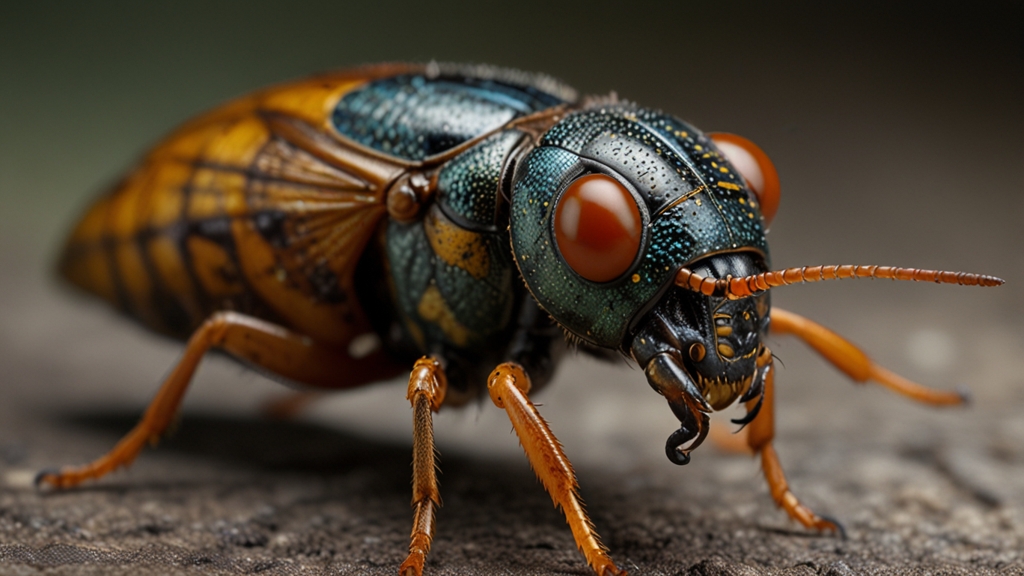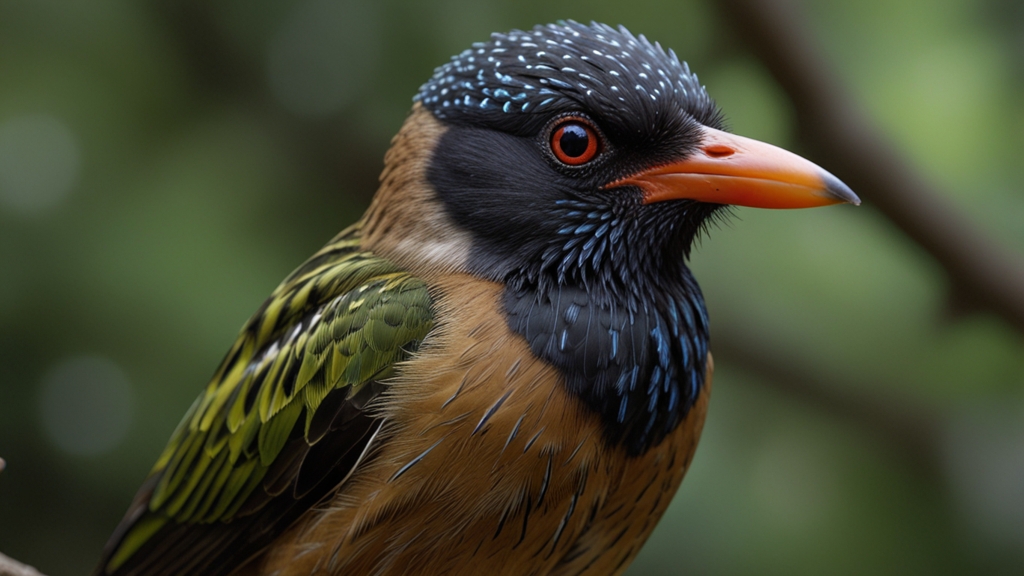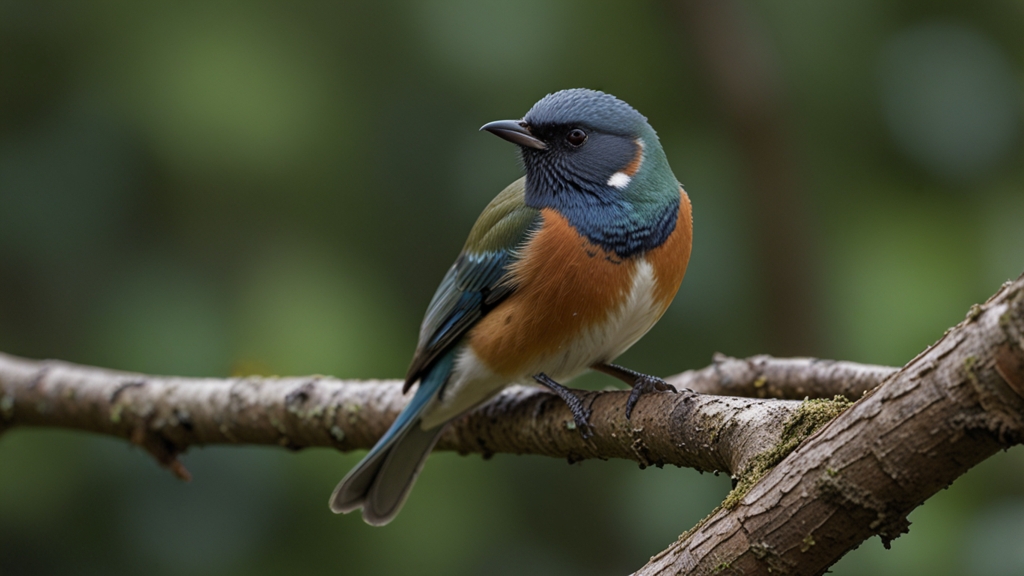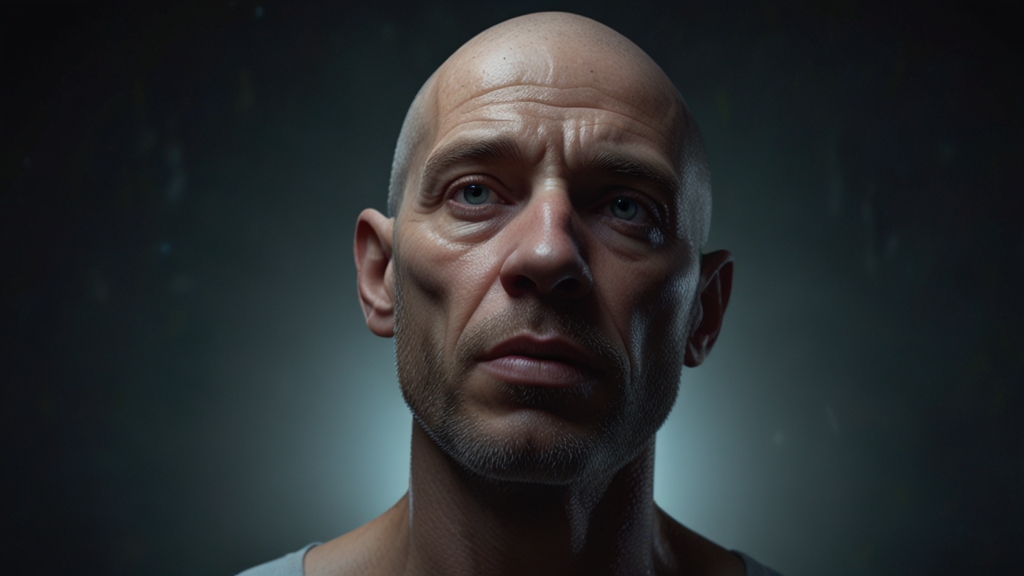10 Bizarre Insects That Will Make Your Skin Crawl
Insects are among the most diverse and numerous creatures on Earth, with some species evolving bizarre and, quite frankly, nightmare-inducing traits. Their peculiar appearances and unusual behaviors can be both fascinating and terrifying. Here are 10 bizarre insects that will undoubtedly make your skin crawl.
1. Assassin Bug
The Assassin Bug is notorious for its gruesome feeding habits. Equipped with a sharp proboscis, it injects lethal saliva into its prey, turning their insides into a digestible soup that the bug then sucks out. If that wasn’t enough, some species even wear the exoskeletons of their victims as camouflage.
The Assassin Bug's brutal tactics and eerie appearance are enough to give anyone nightmares.
2. Giant Weta
Resembling a cricket on steroids, the Giant Weta can be found in New Zealand. These hefty insects can weigh up to 70 grams, making them one of the heaviest insects in the world. Their enormous size and spiky legs make them look more like small aliens than Earth-bound creatures.
3. Bullet Ant
Believed to have the most painful sting of any insect, the Bullet Ant’s sting is compared to being shot, hence its name. Found in the rainforests of Central and South America, its sting causes waves of burning, throbbing, and all-encompassing pain that can last up to 24 hours.
"I've been stung by bees and wasps, but nothing compares to a Bullet Ant sting. It's excruciating," says entomologist Justin Schmidt.
4. Peanut Head Bug
With a head resembling a peanut, this strange insect is a master of mimicry. Found in South America, the Peanut Head Bug's head looks like an empty peanut shell which is supposed to scare off predators. When threatened, it expands its wings which reveal large, eye-like patterns meant to imitate the eyes of a larger animal.
5. Thorn Bug
The Thorn Bug looks exactly like its name suggests—a thorn. Its unique body shape allows it to blend seamlessly into plants, making it almost invisible to predators. However, their unexpected jab feels like prickly thorns!
6. Hercules Beetle
The Hercules Beetle is one of the largest beetles in the world, and it gets its name from its incredible strength. This formidable insect can lift objects nearly 850 times its own weight, a feat comparable to a human lifting a 65-ton object. Its armored body and menacing horns give it an imposing look.
7. Walking Stick
The aptly named Walking Stick insect is the ultimate master of disguise. Resembling twigs or branches, they blend perfectly into their surroundings, making them incredibly hard to spot. These elongated insects are found in forests around the world and rely on their exceptional camouflage to avoid predators.
8. Orchid Mantis
The Orchid Mantis is a marvel of natural mimicry, its appearance almost indistinguishable from the orchid flowers it frequents. Its petal-like limbs and vibrant colors make it a highly effective ambush predator, tricking prey into thinking it's a benign blossom until it strikes.
9. Giant Water Bug
Known as the "toe-biter," the Giant Water Bug is an aquatic predator known for its painful bite. Found in freshwater habitats around the world, these bugs are voracious hunters, preying on fish, amphibians, and even small birds. Their forelegs are modified into grasping organs which they use to hold onto prey while injecting digestive enzymes.
The Giant Water Bug's bite can be extremely painful and cause localized reactions, earning it a fearsome reputation among swimmers and fishermen.
10. Human Botfly
The Human Botfly is probably the stuff of pure nightmares. This parasitic insect lays its eggs on the skin of mammals, including humans. Once the eggs hatch, the larvae burrow into the skin, where they feed on the host's tissue. If untreated, the larvae grow and eventually need to be surgically removed.
From the stealthy to the grotesque, these insects exhibit the spectacular weirdness of life on Earth. Their bizarre adaptations and appearances are a testament to the incredible diversity of the insect world, even if they do make our skin crawl.








